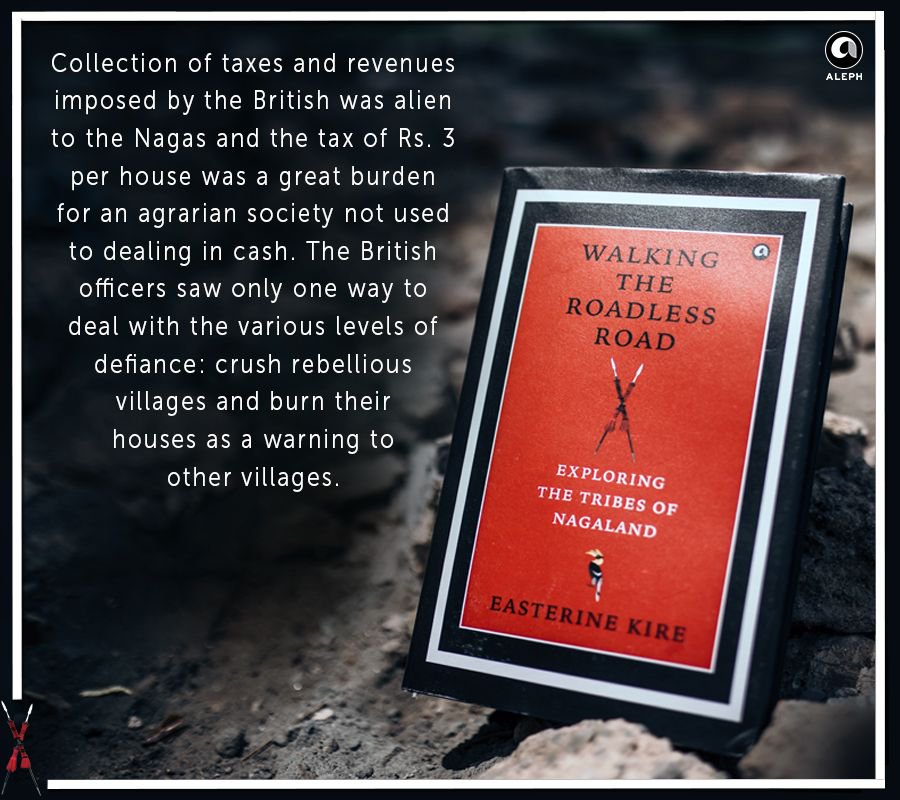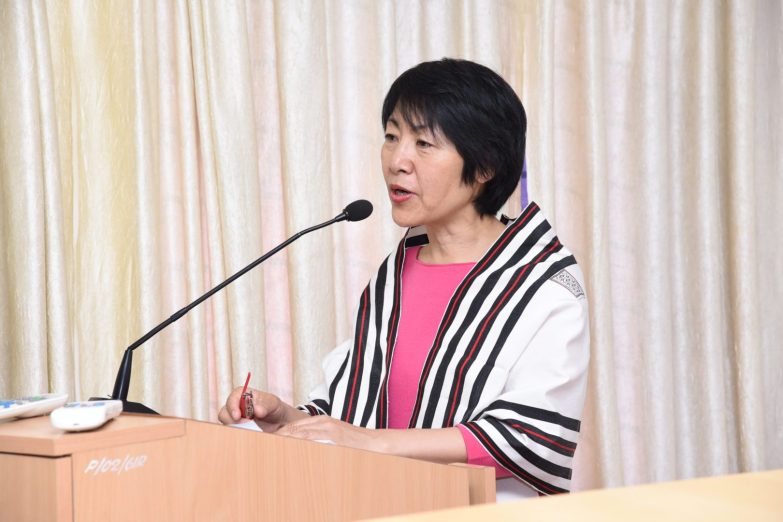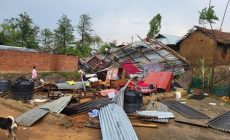Author author Easterine Kire’s book gives a vivid account of Japanese invasion in India through the northeast during World War II.
By Simantini Dey | CNN-News18
While many know about the famous battles of Storming of Normandy and the Siege of Tobruk, a few may be aware that one of the most gruesome encounters of World War II, where the British won their first victory against the Japanese forces, was fought on our home turf — Kohima, Nagaland.
In the book, Walking The Roadless Road: Exploring The Tribes of Nagaland, author Easterine Kire weaves oral narratives of Naga tribesmen along with historical accounts of Naga writer Charles Chasie and British military historian, Robert Lyman, to give a detailed report of the Battle of Kohima which rarely finds mention in history books taught in our schools or gets talked about in popular culture.
Kire’s book gives a vivid account of Japanese invasion in India through the northeast during World War II, as the Naga tribes “saw aircraft and witnessed the immensity of modern war” for the first time. In the book, Naga elders recall that Kohima was burned to ashes during the time, many were killed and their tribes endured “unspeakable sufferings” in that battle which wasn’t even theirs to begin with.
Often referred to as ‘the forgotten battle’, this war was not only a watershed moment in Indian history but in 2013, it was also voted ‘Britain’s greatest Battle’ in a contest organised among British historians by the National Army Museum of Britain.

Walking The Roadless Road, however, is a lot more than just the chronicled history of Nagaland’s invasion by the Japanese. Kire’s book is an insightful compendium of Nagaland’s cultural, social, political and military history, and also tries to map out solutions for the ongoing disputes and lack of development in the hills that Nagas call home.
While it will make for an excellent read for history buffs all around the world, it is a particularly important book that all Indians should read in order to understand the historical dynamics of Indian northeastern states better, especially to know more about Nagaland and its history, which thus far remains largely undocumented.
It is an ambitious anthropological pursuit to try and document the history of not one or two but many tribes who are inhabitants of Nagaland, but Kire delivers masterfully. The book outlines broad topics such as religious beliefs and faith conversion, customary laws, the status of women and taboos of the various tribes of Nagaland as well as mentions the smallest details about the lifestyle of various tribes, be it their musical inclinations, village architecture, folklores, lucky charms, funeral rites or native sports.
While several anthropologists mistakenly club together all the Naga tribes and give them a homogenous identity, Kire carefully recounts the similarities that bring them together and skillfully mentions the differences that give them a unique identity of their own.
Kire divides the book into four parts. The first section deals with an introduction to Naga history, the geographical profile of Nagaland, and gives you an overview of the tribal societies and their cultures.
The book traces back the Naga’s origin to their ‘seafaring past’ and also gives interesting accounts and counter accounts of historians. While a Naga researcher, Abraham Lotha, follows Naga footprints back to Mongolia, and then through South West China and Myanmar to India, another scholar, V. Nienu, maintains that Naga tribes and their history are still shrouded in obscurity.
Much like the mainstream Indian media today, the references of Naga tribes are also limited in olden texts and literature of India. But there are stray mentions of them in Indian historical chronicles like Ahom Buranji and Mahabharata. In fact, one of the earliest references to the Naga areas was found in 150 CE in Ptolemy’s Geographia.

Kire’s book says, “The word ‘Naga’ was not a name by which the Naga people described themselves. The origin of this name has many versions: General Mowru Gwizan wrote that the word ‘Naga’ is derived from the Chinese word Natcha. He claimed that the Chinese called the Naga people Natcharemi (the people who ran away) during the building of the Great Wall (the reason being that they were used to unpaid labour). Another version of the origin of the word is the Burmese word Naka, meaning perforated ears.”
In the second section of the book, Kire deals with religion and the tribal histories of Christian conversion, in the third, she maps of Nagaland’s political history and discusses the two great wars the region had witnessed, and the brief periods of peace which had been punctuated by violent confrontations between the locals and ‘outsiders’. She ends the book with socio-political changes that the Naga societies are undergoing in present times and makes a strong case for peace in the hills through dialogues among political leaders.
One of the best thing about Walking The Roadless Road is Kire’s thorough research. She accumulates information and stories about the Nagas from the most traditional as well as unconventional sources — be it the field notes of British officers, tribal mythology, diaries of missionaries, battle maps or Naga and British historians, old texts, and oral stories passed down by generations of Nagas — and stitches every detail neatly into this wonderful, easy-to-read book, that takes you to a Nagaland that you may have never known before.
Walking the Roadless Road: Exploring the Tribes of Nagaland, written by Easterine Kire has been published by Aleph Book Company.







 An orbiting message of peace
An orbiting message of peace Meet R.N. Ravi, who is mediating peace with the Nagas
Meet R.N. Ravi, who is mediating peace with the Nagas The Top Viral YouTube Videos of 2017
The Top Viral YouTube Videos of 2017 What Does Your Face Say About Your Health?
What Does Your Face Say About Your Health?










Leave a Reply
Your email address will not be published. Required fields are marked (required)